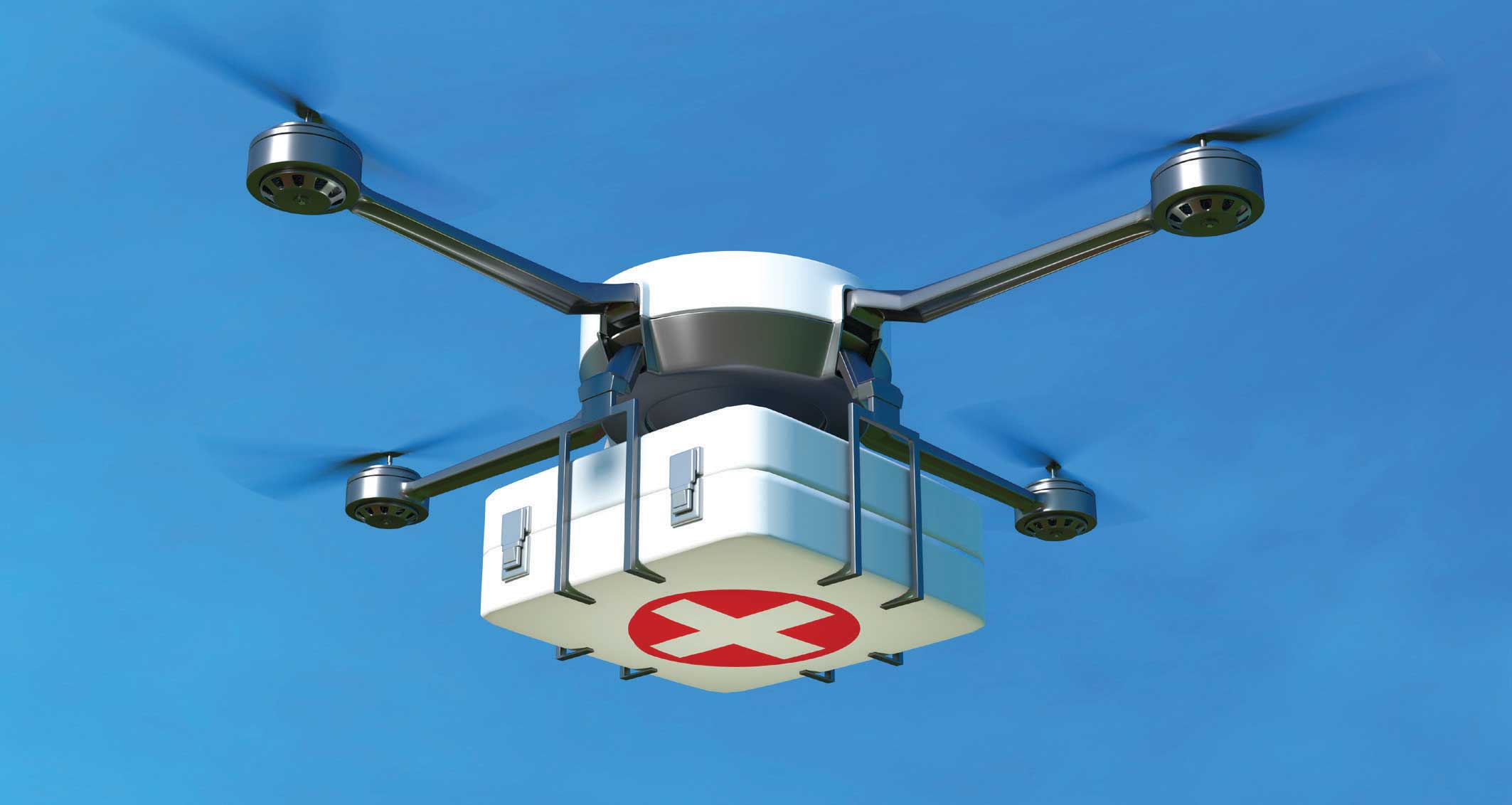The air ambulance and drone industries have been on the opposing ends of the spectrum most of the time. Hobby drone enthusiasts have posed a risk to low-flying air ambulance vehicles many times. For this reason, we find them on the wrong end of the news around the world. However, there is also another side to it.
Drones are being increasingly used for tasks where air ambulance vehicles find themselves inadequate due to their size and operating costs. Take, for instance, the delivery of life-saving drugs and equipment to remote areas. Such an initiative can save several thousand dollars. Then, there is also the search part of the rescue operations that drones can be a part of. Today, drones are even being contemplated for organ deliveries so that transplants can be held seamlessly and within time.
Air Ambulance and Drone Operators Must Find Common Grounds
Although air ambulance and drone operators both scale the skies, there are huge differences when it comes to regulations and operability between the two. While it might seem like a logical thing for an air ambulance service to have drones to supplement their efforts, the skillsets and infrastructure required are entirely different from each other.
Interoperability is Key
This is precisely the reason why both of them must find common grounds for interoperability. A close connection can help each other. Take for instance a situation in which an emergency response professional is already at the scene but needs some specialized equipment to get the task done. If an air ambulance receives a call in such a scenario, the lead can be passed on to a drone service provider to deliver the equipment. The cost would be much smaller and the efficiency high. The same goes in situations where medications or supplements like blood or plasma are needed urgently. The scope is huge.


